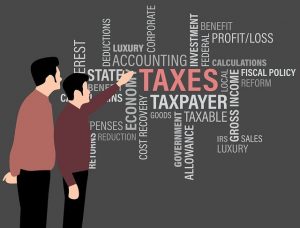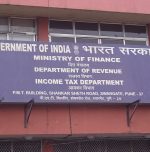Things to remember while submitting tax-saving proofs

TDS is mandatory for employees who are above the tax exempted slabs. Your employer deducts the TDS from the salary of last three months of the financial year.
Before deducting the TDS, your employer asks you to provide tax saving proofs in order to adjust the TDS.
There are certain differences to be in effect in this process from this year.
Hence, you have to remember the following things when submitting your tax-saving proofs.
Until last year, one was allowed a deduction of ₹19,200 as travel allowance without producing the actual expenditure slip. But, this rebate is not available from now. However, disabled persons including blind, deaf, dumb or orthopedically challenged are allowed up to ₹38,400 as deduction in a year. If you incur travel expenses on official duty, then the reimbursement by the employer to the extent of actual expenses can be allowed for a claim.
Coming to medical reimbursement, it was ₹15,000 until the last financial year which can claimed without producing actual expenditure slip. But, it is no longer allowed. From this financial year, the Centre proposed a standard deduction of ₹40,000 against the medical and travel reimbursement. Remember that the actual expense or the standard deduction whichever is less, is to be deducted from the gross salary.
Dividend of up to ₹10 lakh in a financial year is tax-free. But, if it exceeds that limit, 10 percent is deducted as DDT (dividend distribution tax). This is deductible even before the distribution of dividend to the equity fund holder.
Long term capital gain tax on equity is applicable at the rate of 10 percent on all equity related investments of over ₹1 lakh. Long term capital gains are considered if the equity instruments are sold after holding them for more than a year.
The government contributes 12 percent of the salary (basic plus DA) as EPF for private employees who are earning up to ₹15,000 per month for the first three years. The amount is only tax free if the amount is not withdrawn before five years of contribution. Otherwise, you have to pay the tax.
Image by mohamed Hassan from Pixabay (Free for commercial use)
Image Reference: https://pixabay.com/illustrations/tax-icons-accounting-money-finance-3334326/









Leave a Reply